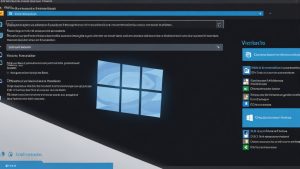How to Protect Your Server from DNS Spoofing
DNS spoofing is a common type of attack on servers. In this attack, malicious actors modify DNS records to redirect users to fake resources and steal their data. How can you protect your server from such attacks? In this article, we’ll discuss the security measures you can take.
1. Use Reliable DNS Providers
The first step in protecting against DNS spoofing is to choose a reliable DNS provider. Make sure your provider has robust security measures in place to prevent unauthorized access to your DNS records. Additionally, if possible, use DNS-over-HTTPS or DNS-over-TLS to encrypt communication between your server and the DNS server.
2. Implement DNSSEC
DNSSEC is a suite of DNS protocol extensions that allows you to verify the authenticity of DNS records. It prevents the forgery of DNS responses and ensures data integrity. Implementing DNSSEC on your server will help prevent «DNS cache poisoning» or «man-in-the-middle» attacks related to DNS spoofing.
3. Monitor DNS Traffic
It’s important to constantly monitor DNS traffic on your server. Use specialized tools to track changes in DNS records and detect suspicious activity. This will allow you to detect an attack at an early stage and take steps to prevent it.
4. Update Software
Regularly update the software on your server, including DNS servers and other infrastructure components. Vulnerabilities in software can lead to attacks on the server and DNS spoofing. Keep an eye out for updates and install them immediately.
5. Enable Multi-Factor Authentication
For additional protection of your server, it is recommended to enable multi-factor authentication. This will help prevent unauthorized access to your systems, including the DNS control panel. Use a password in combination with an SMS code, authentication app, or hardware token to increase security.
By following these recommendations, you can significantly improve the security of your DNS server and protect it from DNS spoofing. Don’t forget to be vigilant and monitor for possible changes in DNS records to respond promptly to any anomalies.





